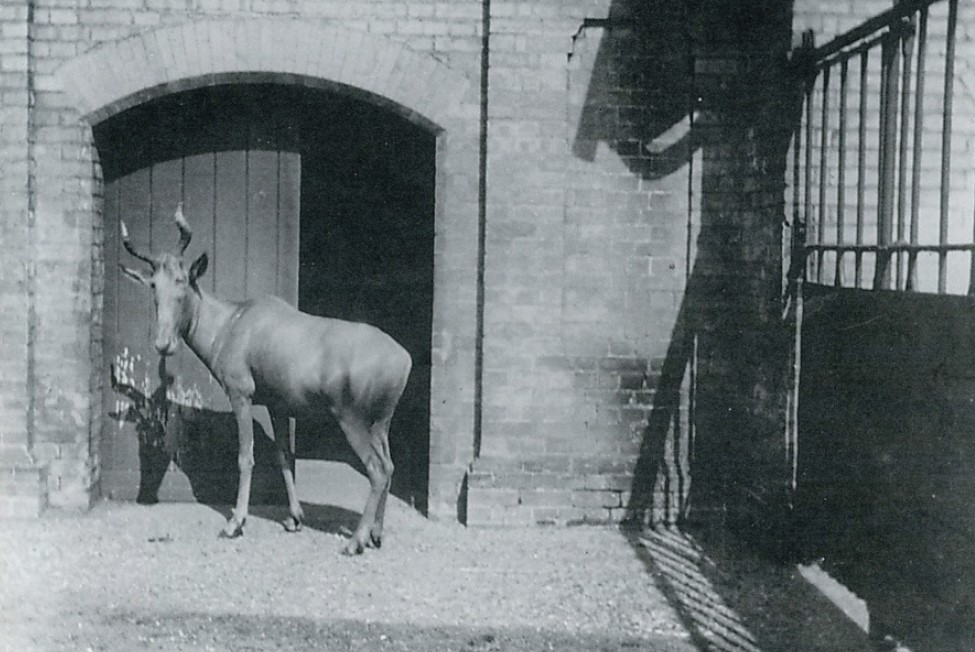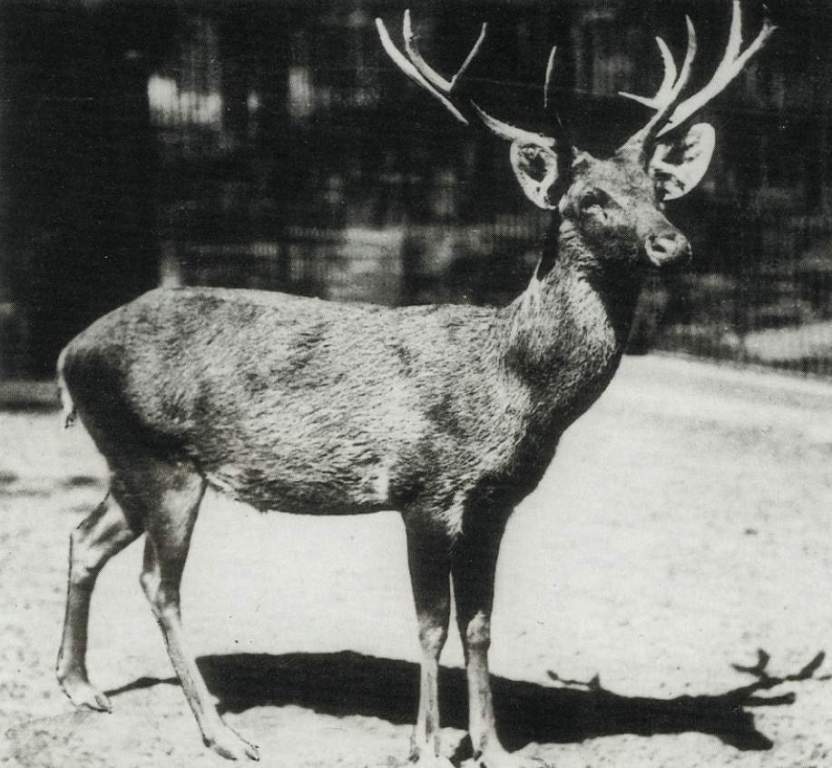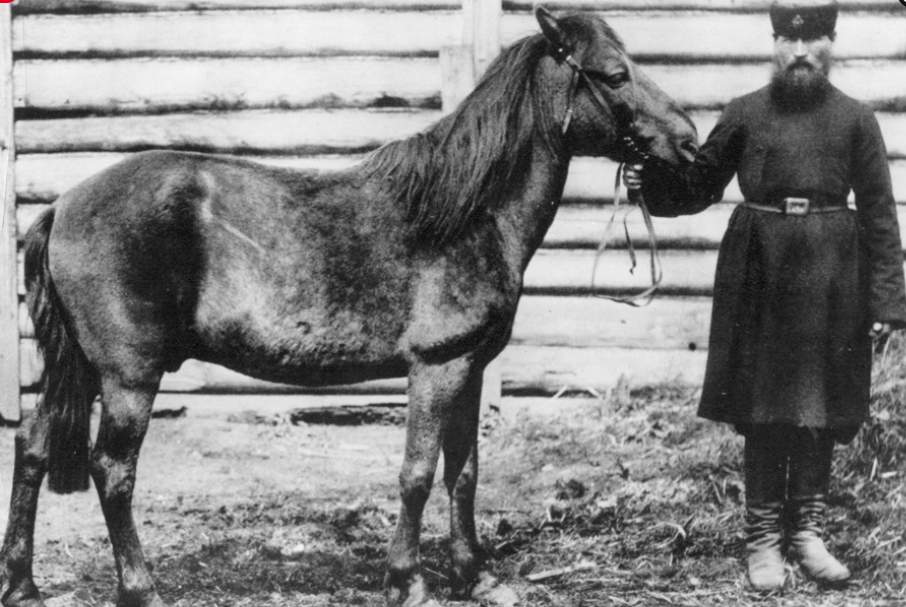In the case of the Bubal Hartebeest (Alcelaphus buselaphus), it can be hard to determine whether it is a separate species. It is considered by some authorities to be a racial variation of an already common species; by others, it is considered quite distinct. In any case, the geographical range and historical identity of this form were well-defined. The strange name hartebeest is used to describe several closely related species found throughout Africa. “Hert” means deer in Afrikaans, and the beast (as one might expect means beast).
These strange-looking animals must have been confusing to the Boer settlers who named them. Bubal may be derived from Greek and means “gazelle” or “ox” and refers only to this particular hartebeest. Among the hartebeest species, only the bubal occurs north of the Sahara; the rest are strictly sub-Saharan.
They once occupied a wide area between Algeria and Morocco in the west and Egypt in the east. The ancients were well acquainted with Bubal Hartebeests because of their geographical distribution. Several Egyptian tombs have been found with their horns, raising the possibility that these animals were domesticated and sacrificed.







